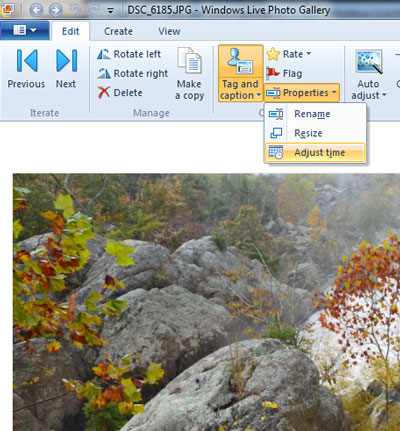 My gal and I often each take pictures of the same event, and despite the fact that my camera is way bigger than hers, she often gets a number of great shots that I missed. Or was in. Whichever.
My gal and I often each take pictures of the same event, and despite the fact that my camera is way bigger than hers, she often gets a number of great shots that I missed. Or was in. Whichever.
Since photography is largely about storytelling for me, which is another way of saying I’ll always be a journalist at heart, mixing our sets together is often useful to complete the narrative. Getting pictures in order would be a snap if our camera’s time/date settings were synched, but that’s something we often think of after the fact. Continue reading
 This evening I volunteered to do event photography for Critical Exposure, a DC based non-profit that puts cameras in the hands of schoolkids to they can tell their stories. I had a great time — the people were every bit as interesting as the photographs up for bid, many of which were by Pulitzer prize wining photographers and the like. Click on the mosaic to see the Flickr set. – Ernest
This evening I volunteered to do event photography for Critical Exposure, a DC based non-profit that puts cameras in the hands of schoolkids to they can tell their stories. I had a great time — the people were every bit as interesting as the photographs up for bid, many of which were by Pulitzer prize wining photographers and the like. Click on the mosaic to see the Flickr set. – Ernest  In 2009 I was working on a number of Drupal, Joomla!, and WordPress sites simultaneously, when Webreference.com asked me if I wanted to write a CMS column for them. I always forget how much work columns are, trying to find something new to talk about each month, and after five columns I decided that actually building websites was a whole lot easier than writing about it.
In 2009 I was working on a number of Drupal, Joomla!, and WordPress sites simultaneously, when Webreference.com asked me if I wanted to write a CMS column for them. I always forget how much work columns are, trying to find something new to talk about each month, and after five columns I decided that actually building websites was a whole lot easier than writing about it.
